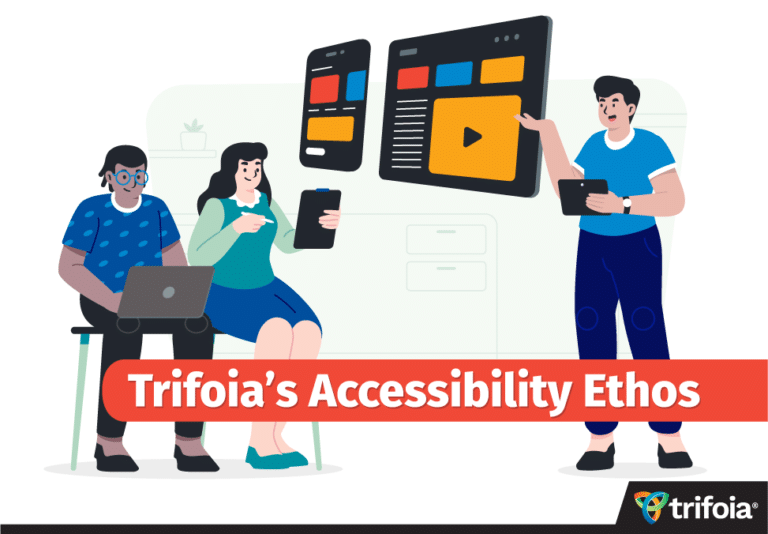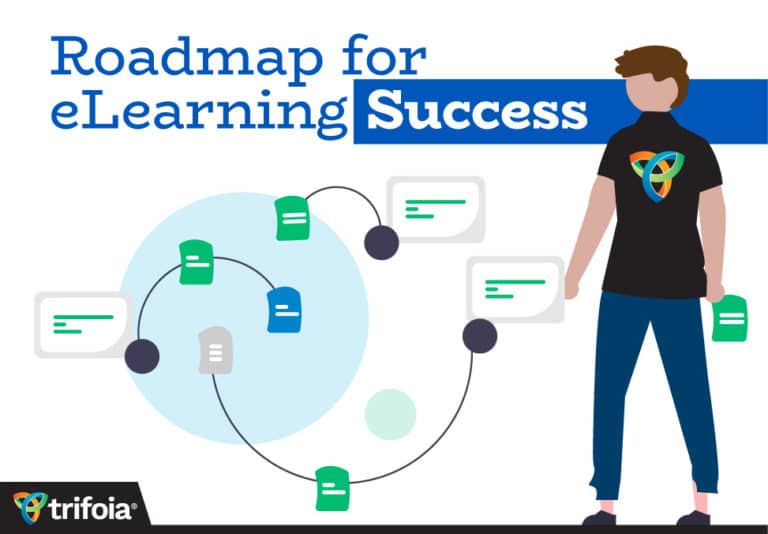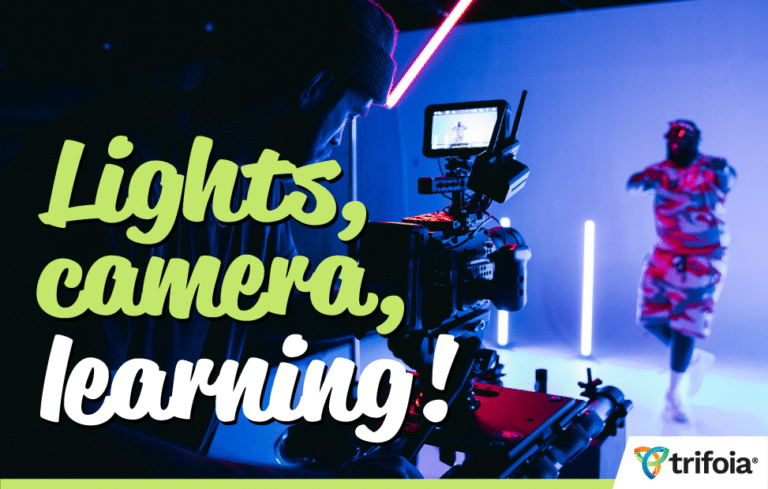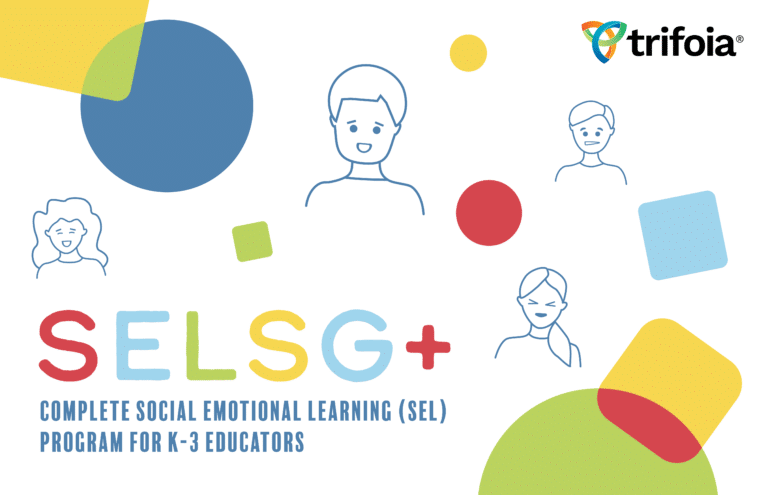Recent events have made clear what many in the educational world have been anticipating for years. As a result of the novel coronavirus pandemic, universities are moving classes online and employers are asking hard questions about how to best safeguard their employees and businesses. This highlights how important the internet is to the future of learning in an uncertain world.
But is this a one-time blip, or a signal of more to come? The latter. As the modern economy becomes increasingly distributed, more companies will move to remote work as a matter of course. This leads to many challenges, but opportunities as well.
Whether you’re with a professional organization educating thousands of professionals per year, or a company used to training its employees at corporate HQ (or the local break room), it’s vital that organizations harness the power of the internet to provide more flexible, dependable, and cost-effective training.
The future of learning has arrived, and it’s eLearning. Here are six reasons why you should get on board today.
1. Train Everyone, Anywhere
It may feel unnecessary to state the obvious, but it bears repeating: The promise of eLearning is that your organization will be able to train everyone it needs to train, no matter where they are. While a pandemic may make this a requirement, in today’s distributed economy the ability to educate no matter the participant’s location is a huge benefit.
Your best teacher can be everywhere at once. Your best lesson can be deployed for everyone, everywhere. Not only does it increase the effectiveness of training, but it also ensures that everyone gets the highest-level instruction available, not merely those fortunate enough to be close to HQ or able to fly out for the conference. eLearning is the great equalizer, and investing in it will improve your bottom line in more ways than one.
2. Rapid Rollout
What good is an excellent training program if it’s not available when it’s needed? In-person training regimes can take a lot of time to prepare and deploy, and they need to keep being deployed for your organization to benefit. Online courses are not like that. Once an online course is created, it can be deployed at a very low per-user cost—and when updates are required, they can be rolled out to all users simultaneously
3. Cost-Effective
ELearning is much more cost-effective than legacy methods. With the cost of travel rising every year, conferences and in-person workshops are getting more expensive for everyone, both those putting them on and those attending. Budgets are already tight—why stretch them further than necessary?
With an online course that hews to instructional design best practices, organizations can invest in their training program upfront, and reap the benefits over time while being rewarded with a higher level of educational attainment than they would otherwise. Which brings us to…
4. Superior Effectiveness
Instructional design is difficult. Instructional designers are highly skilled experts at crafting learning systems so as to maximize comprehension, and thus the effectiveness of the course. Contracting with an instructional designer for every program could be a daunting cost if the organization must also pay trainers and travel costs each and every time.
With eLearning, those other costs are minimized, which means an instructional designer can be brought in each time to make sure the content is finely tuned to be as effective as possible. It’s no wonder that eLearning increases retention rates from 25% to 60% over traditional courses.
5. Flexibility
All this isn’t to say that in-person training methods don’t have their place. Depending on the content, sometimes a blended strategy—utilizing a mixture of digital and in-person methods—is the most effective way to impart the necessary knowledge. Instructional designers like those at Trifoia are experts at designing the most effective course possible. That could mean a fully digital product or a mixture of methods. What’s important is the knowledge imparted—the rest is a means to an end. What’s important is getting the best means that will lead to a superior end.
6. Personalization & Feedback
Depending on the type of course, a good eLearning product can provide levels of personalization and feedback that are equal to or superior than in-person instruction. Not everyone learns the same way, so it’s important to tailor the experience to each user. A one-on-one instructor can do this, but a lecturer in front of a large class? Less so.
A good online course can mix the best of both worlds, providing instruction on a mass scale while personalizing the experience for the individual. Feedback can also be built into the program, so educators can work with learners one-on-one when necessary, giving them vital guidance from the comfort of their own offices.
https://youtu.be/84ZbviIPIbM
The Future of Learning is Now
There are many challenges facing organizations today. With risks like the coronavirus, and the uncertainties it represents, training is one area where big improvements can be made with technology and techniques available today.
Whether your organization is looking to get content online ASAP or is preparing for the future, what’s certain is that eLearning is the wave of the future. Learn how our instructional designers, developers, and media department can help your organization make a highly effective, flexible, and cost-effective online course that’s a fit for your company. Contact Trifoia today.






